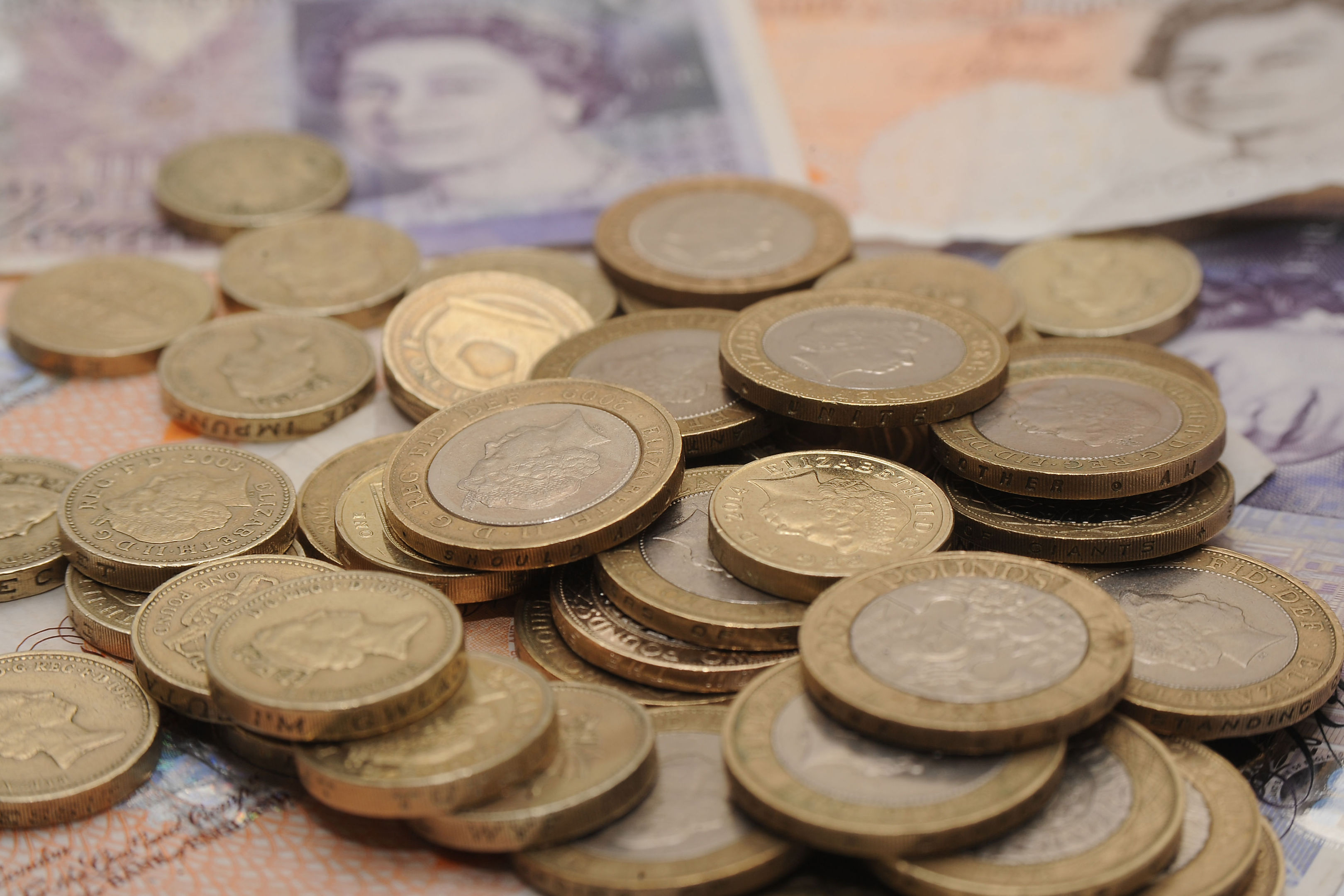SNP members in Fife have called for the leadership to accelerate an independent Scotland’s move to a new currency.
Local branches will try to change the Nationalists’ independence policy later this month at conference, which looks set to be dominated by the question of how to drop the pound.
In a motion laying out the vision for a breakaway, SNP deputy leader Keith Brown and Finance Secretary Derek Mackay do not commit to a timescale for bringing in a new Scottish currency.
But branches including West Fife and Coastal Villages want to see the replacement up and running by the end of the first parliament of an independent Scotland, which would be within five years of the country leaving the UK.
The amendment reads: “Conference believes it should be the policy of an SNP government in an independent Scotland to establish a separate Scottish currency within the lifetime of the first, post-independence parliament.”
An amendment from the Dalkeith branch of the party also wants the party to adopt a policy of faster transition by aiming for the currency to “be ready for introduction as soon as practicable after Independence Day”.
If supported by conference those amendments would over-rule the position taken at top of the party, which is that only the groundwork for a new currency should be completed by the conclusion of the first parliament.
The Brown and Mackay motion states: “An SNP government should aim to complete the preparations to enable the Scottish Parliament to take a decision on establishing a new currency by the end of the first term of an independent Parliament.”
Party members will vote on whether to back the SNP leadership’s independence prospectus during the conference on April 27-28.
Amendments are also set to go before activists, which would alter the party’s approach.
Currency is a key plank of the independence debate and was widely blamed for the Yes side’s defeat in 2014.
The policy during that campaign was for a formal currency union with the UK, which the Treasury rejected.
The new stance since last year’s publication from the Growth Commission – the updated independence masterplan penned by Scots ministers and others – sees Scotland continuing to use sterling until the country is ready to launch a replacement.
Responding to the manoeuvres from the SNP membership, Murdo Fraser, the Scottish Conservative’s shadow Finance Secretary, said: “The SNP are just desperate to ditch the pound.
“It wasn’t too long ago that they were saying it was ‘Scotland’s pound’, but it’s now clear SNP members want to get rid of it as soon as possible.
“That would have massive consequences on people’s pay packets, mortgages and livelihoods – and is just another reason why Scotland was right to reject independence.”
Ms Sturgeon is due to deliver her speech to conference on Sunday afternoon, bringing the two-day gathering at the Edinburgh International Conference Centre to a close.
Growth Commission silent on growth boom from ‘powers of independence’
The breakaway blueprint commissioned by Nicola Sturgeon ignores how the “powers of independence” could boost economic growth, according to two senior SNP ministers.
The long-awaited Growth Commission report, which was published last year, advocated restrained public spending, which has since been likened to austerity.
In a 33-point independence plan to be presented to SNP conference, Keith Brown and Derek Mackay said they agree with the commission’s findings that the budget deficit should be reduced.
But the motion adds: “Conference notes that the Commission’s projections take no account of the higher growth that the powers of independence will enable Scotland to target, nor of the benefits of Scotland continuing to operate within the EU single market.”
Led by former RBS economic Andrew Wilson, a former SNP MSP, the commission has proved unpopular with some elements of the Yes movement after it proposed cutting the deficit in half within a decade.
In June 2018, the IFS said the report’s numbers “imply at least another decade of the sort of restraint on public spending that Scotland is currently experiencing”.
It adds: “If current policy is austerity, then austerity would continue under the Commission’s proposals.”
Defending his independence model, Mr Wilson told the BBC this month: “It’s going to be a challenge, but all of the evidence of history in the small best-performing countries in the world is that challenge is worth it.”
Meanwhile, the Kirkcaldy branch will try and convince the party to take a harder line on divorce payments to the UK.
The SNP says an independent Scotland will start with “zero or minimal debt”, but adds it should make a “fair and reasonable contribution to the servicing of UK debt”.
In its amendment, the Fife-based group wants to make clear that the “annual solidarity payments” to Treasury will be for a “limited term of years”.
The Dundee East branch is also calling for Scotland to follow New Zealand’s lead by educating pupils in things like finance and budgeting as part of a school leavers’ toolkit.










